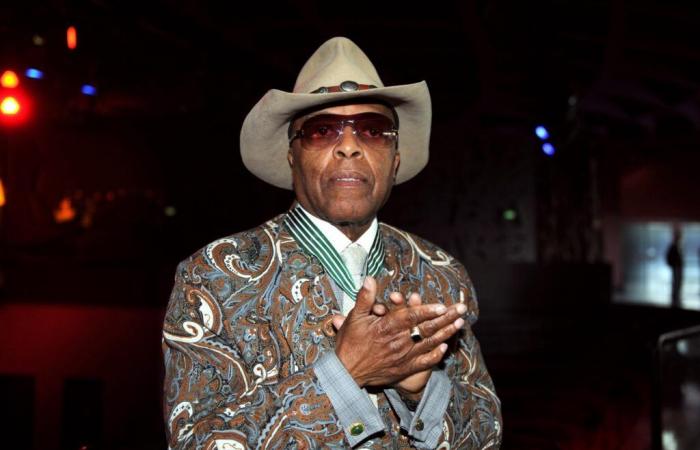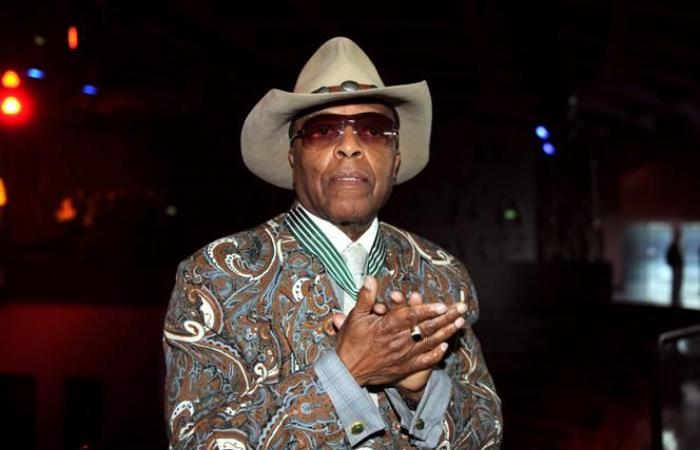Since the mid-1940s, his name has appeared on the covers of nearly 200 albums as an accompanist of great jazz personalities, or as leader of his own groups. Still active until the end of the 2010s, smiling, in the full joy of jazz, the American drummer Roy Haynes died Tuesday, November 12, in Nassau County (New York State), at the age of 99. , as a result of a “brief illness”as indicated by his daughter, Leslie Haynes-Gilmore, in an article published in the New York Times.
Read the review (2003): Article reserved for our subscribers Jazz Roy Haynes hits his “diddit” at Sunside
Read later
His constant attention to developments in jazz led him, who had made his debut during the bop revolution, to be a musician without blinkers. His playing, in turn powerful and delicate, developed on the snare drum with full speed rolls of great finesse, but also his way of breaking the time signature with the double hi-hat cymbal, his musicality on the cymbals and precision his gesture will have earned him the admiration of many drummers.
Born on March 13, 1925, in the Roxbury neighborhood of Boston (Massachusetts), Roy Haynes learned the drums self-taught, listening to the radio, records, and watching musicians during concerts. He first played with groups that performed in Boston and its surroundings, moving to New York in 1945. He was engaged until 1947 in Luis Russell’s orchestra, which played regularly at the Savoy Ballroom and at the Apollo Theater, then joined saxophonist Lester Young, then trombonist Kai Winding.
Reference albums
From 1949 to 1952, he often accompanied saxophonist Charlie Parker for recordings and concerts, and participated in numerous sessions, notably with pianist Bud Powell (those for the album The Amazing Bud Powellwhich was released in 1952), with the saxophonist Stan Getz, the pianist Thelonious Monk, the trumpeter Miles Davis… From 1953 to 1958, he mainly accompanied the singer Sarah Vaughan, whether in small formations or with larger orchestras, with sophisticated arrangements (albums In the Land of Hi-Fi1955, Swingin’ Easy1957, After Hours at the London House, 1959).
Extremely in demand until the mid-1990s, he can be found in dozens of albums, some of which are considered references in the history of jazz. Let’s quote Outward Bound (1960), Out There (1960), Genius + Soul = Jazz (1961), by Ray Charles, The Blues and the Abstract Truth (1961), d’Oliver Nelson, Smoke Stack (1966), you pianist Andrew Hill, Now He Sings, Now He Sobs (1968), by pianist Chick Corea with double bassist Miroslav Vitous – a trio which will reform several times…
You have 36.82% of this article left to read. The rest is reserved for subscribers.







